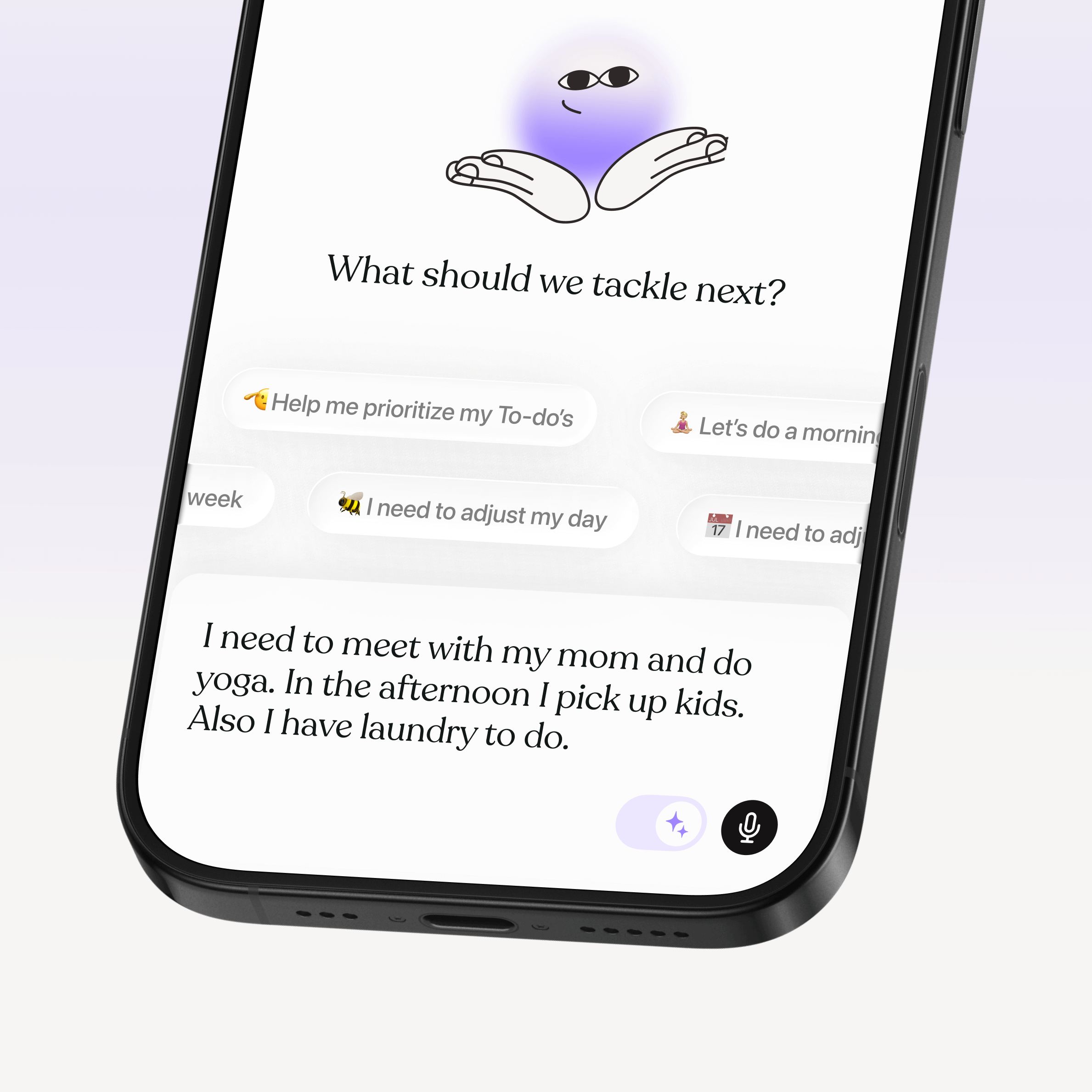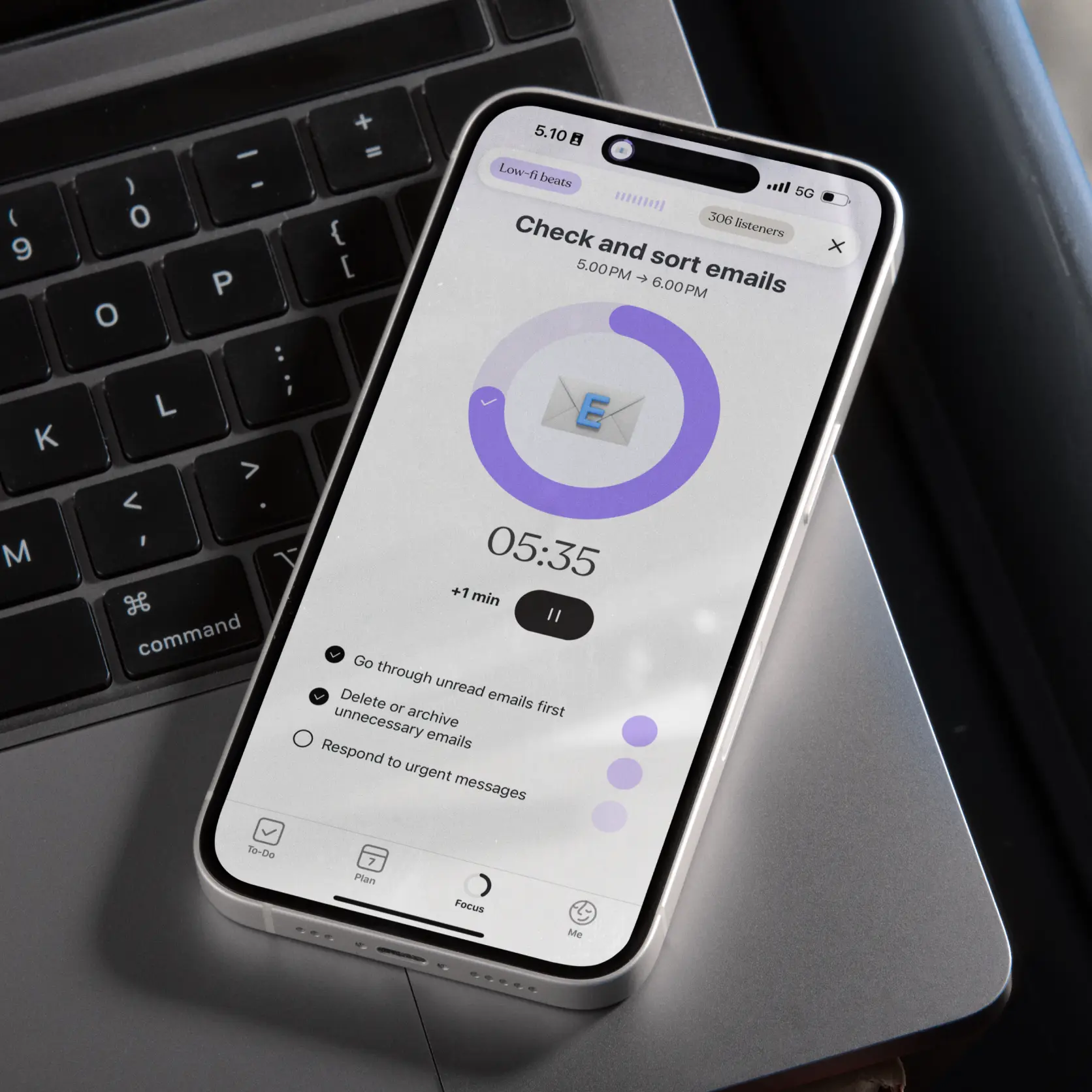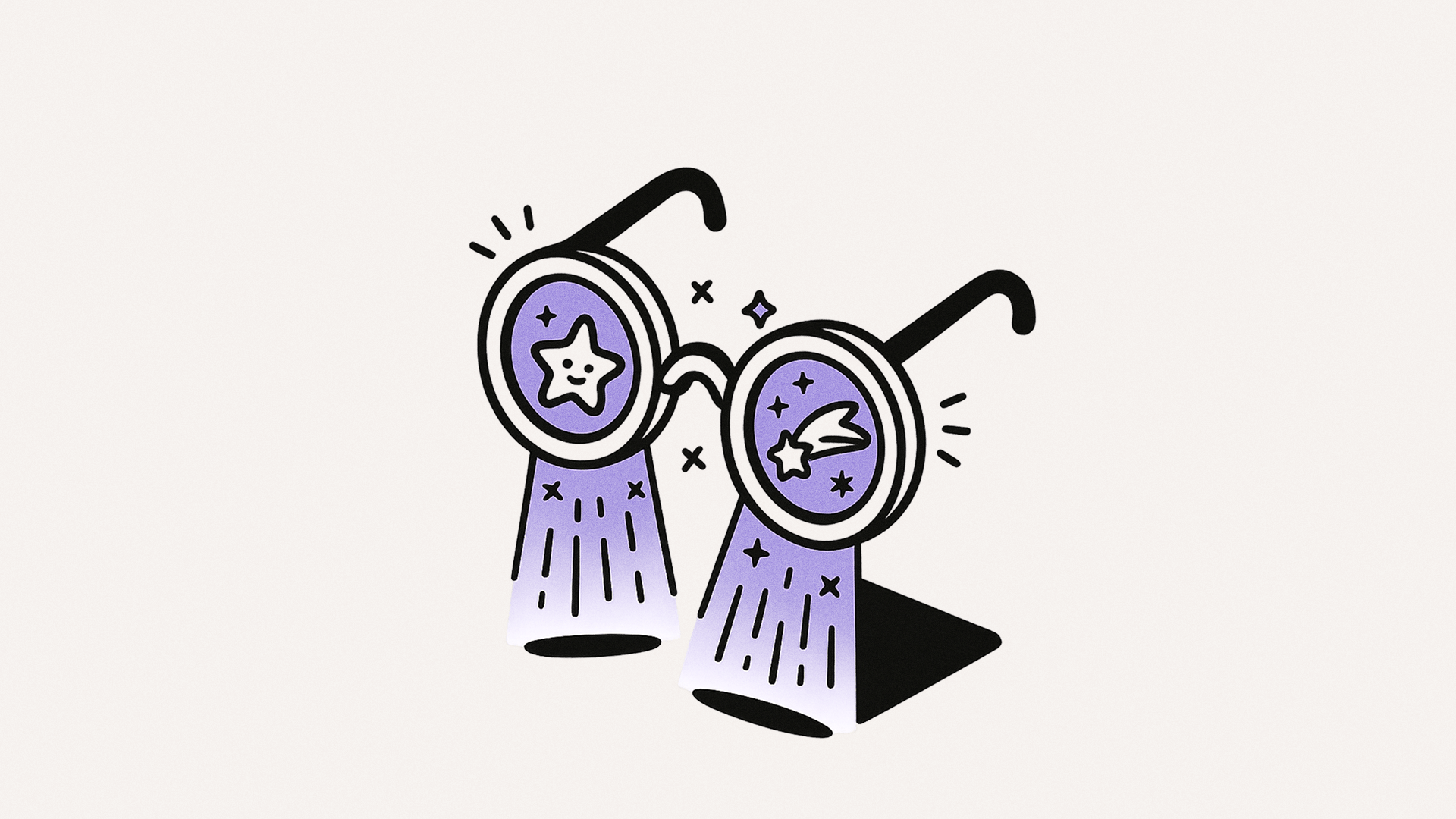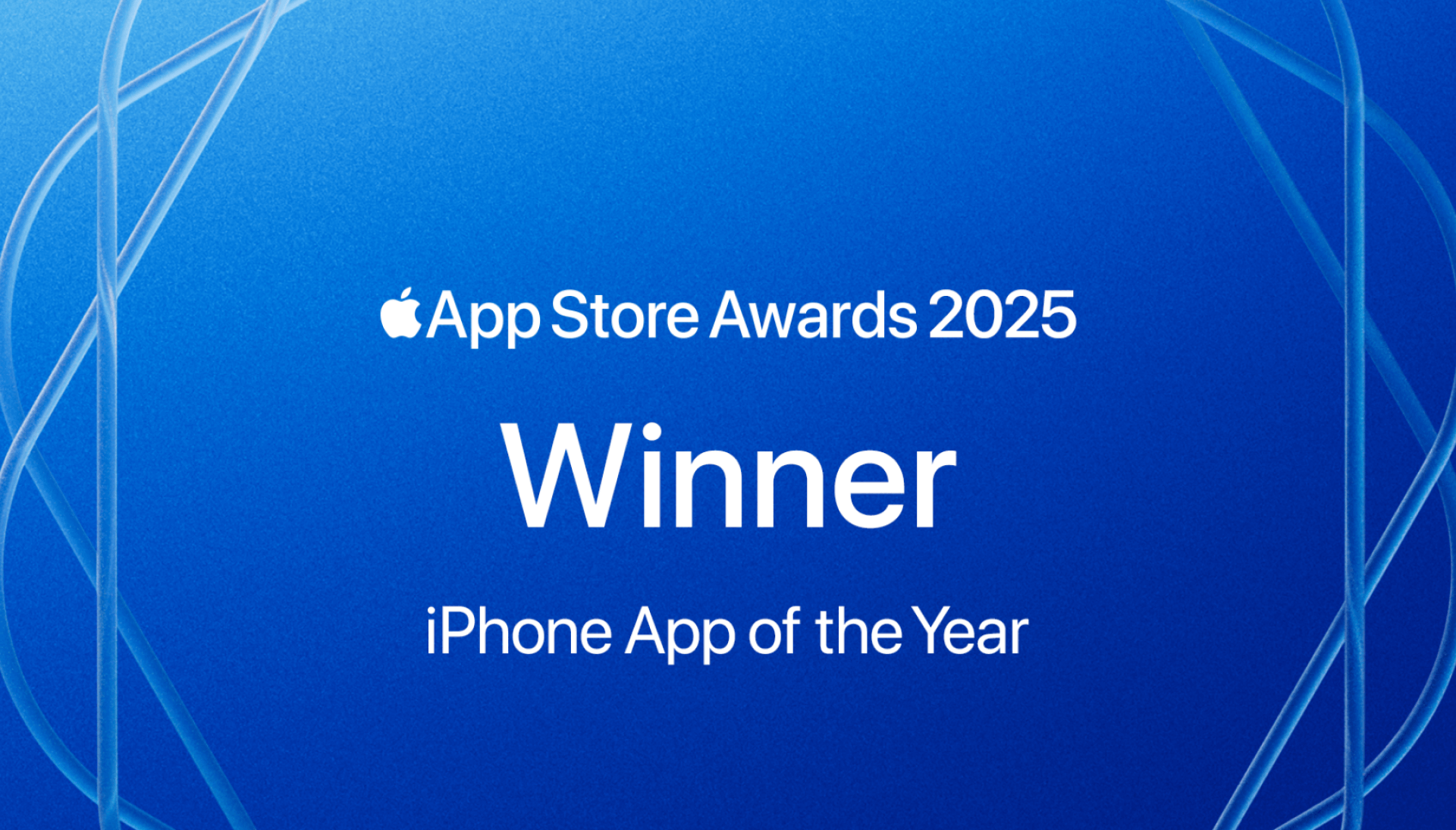Strategies for task initiation
Instead of relying on urgency, these strategies focus on healthier ways to kickstart tasks and build momentum:
Add energy to the task
Get your dopamine flowing
If the task is boring, mix in something that sparks your interest. Love organizing? Use colorful tools or make a visual plan. Enjoy music? Play a playlist that matches your vibe. Adding something you naturally enjoy can make the task feel less draining.
Try something new
Doing the same thing the same way can feel like a chore, especially for ADHD brains. Switch it up! Work in a new spot, use a different tool, or try solving the problem from a fresh angle. Sometimes a small change makes a big difference.
Make it a game
Add a little friendly competition—race against the clock, create mini challenges, or reward yourself when you hit a goal. For example, set a timer for 20 minutes and see how much you can accomplish. Turning the task into a challenge can bring a sense of fun and momentum.
Add a sensory element
Engaging your senses can help focus your brain and keep you grounded. Listen to a favorite instrumental playlist, use a tactile fidget, or light a scented candle that feels calming. These small sensory supports can help tasks feel less overwhelming.
Leverage momentum
Start with smaller, easier tasks to build momentum before tackling bigger ones. For instance, organizing your desk might naturally flow into writing an email or completing a work project. Group similar tasks together to reduce the cognitive load of switching between unrelated activities.
Reduce the size of the task
Break it down
Big tasks can feel overwhelming, but breaking them into smaller steps makes them manageable. Instead of “write a report,” focus on “draft the introduction.” Small, actionable chunks are much easier to tackle.
Focus on the next step
Rather than planning every detail of a project, identify the next immediate step. This keeps your attention on what’s actionable right now, without the weight of everything still ahead.
Hide the big list
Write down all the steps you need to complete the task, but only keep the next one or two visible. This reduces overwhelm while keeping you organized and focused.
Get support
Try body doubling
Working alongside someone—whether in person or virtually—creates accountability and focus. Their presence provides a sense of shared purpose, making even tough tasks feel more achievable. You can read more about body doubling here.
Use ADHD-friendly tools like Tiimo
Apps like Tiimo, designed for neurodivergent brains, offer visual schedules, reminders, and planning tools that make starting tasks easier. By reducing the mental load of organizing, these tools help you stay on track without feeling overwhelmed.
Finding what works for you
Task initiation isn’t always easy, but experimenting with different strategies can help you find what works best for your brain. Adding interest, creating novelty, breaking tasks into smaller steps, and using tools designed for ADHD brains can all make starting less intimidating and more manageable.
Remember, progress matters more than perfection. Each small win builds momentum, helping you approach tasks in a way that feels empowering. By focusing on what works for you, you can create a process that aligns with your strengths—and makes starting feel possible.
This article was updated in December 2024 to provide the most current and accurate information.









